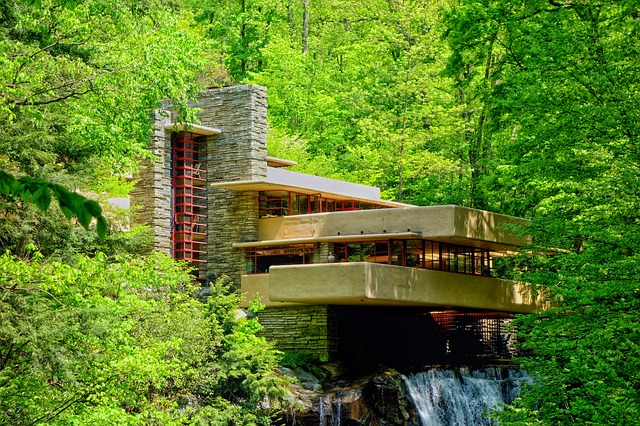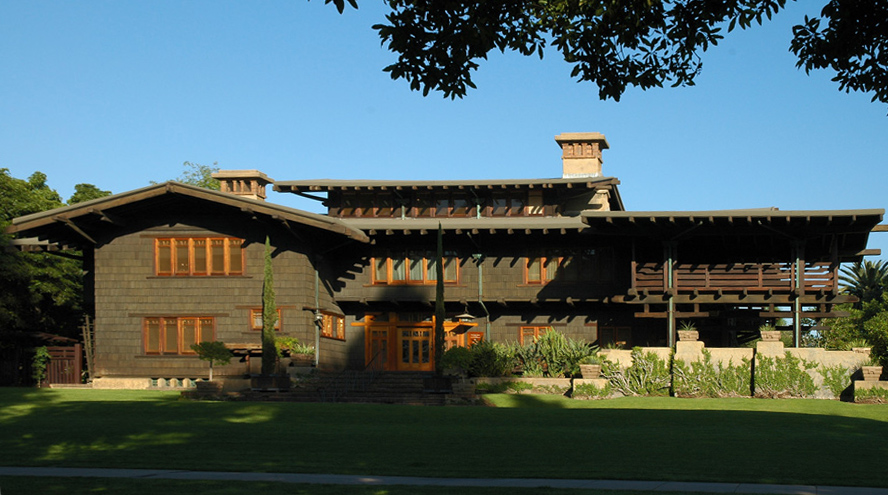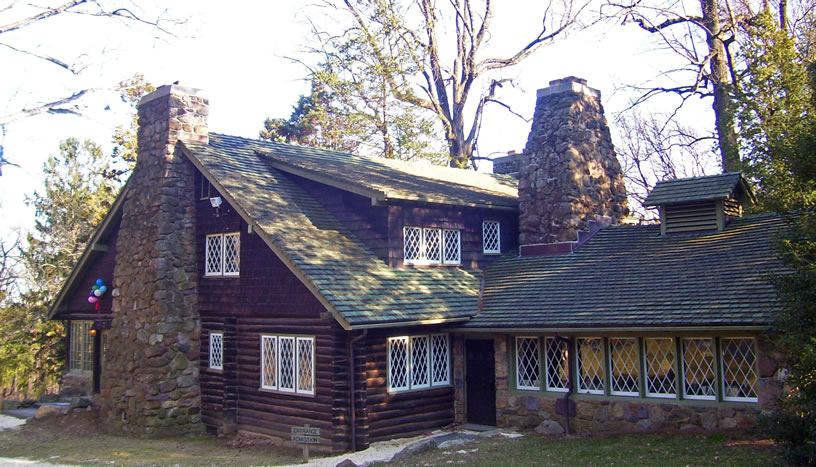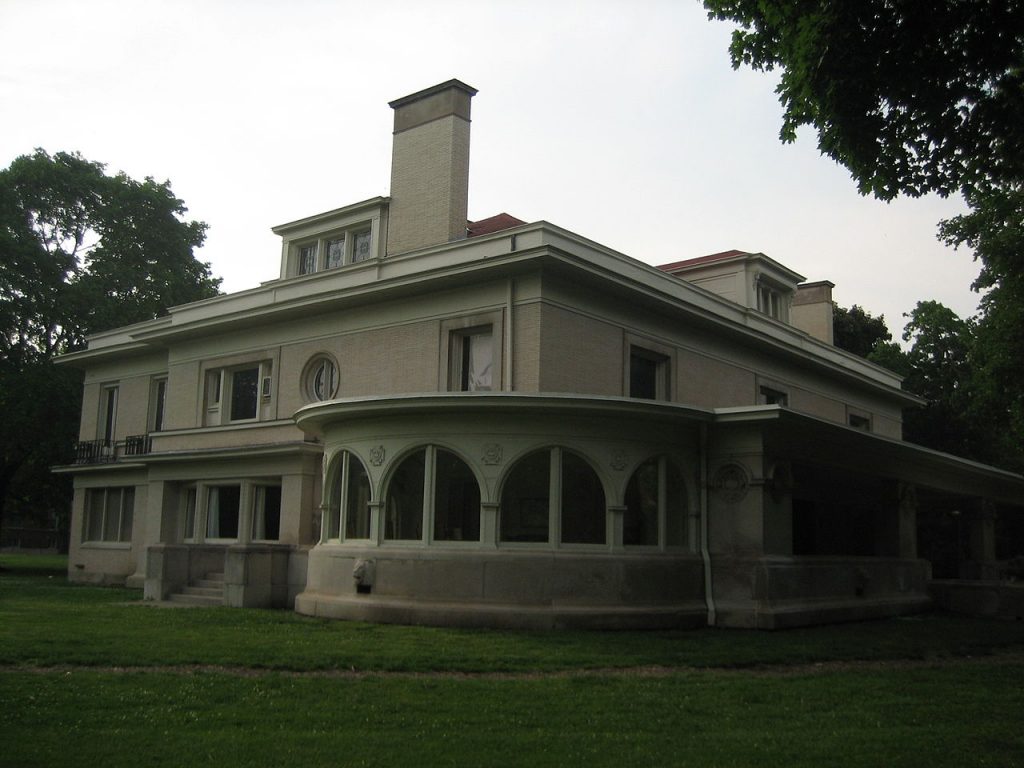In the early 20th century when the Craftsman style was at its peak, the bulk of Craftsman homes were sold to average middle class families. They were well built, affordable and worked both in rural areas and small inner city lots and you could find them all over the country.
But…
Every architect who embraced the Craftsman style all had their own showpieces. Big ostentatious homes that showcased their creativity as architects and the inherent beauty in Craftsman style. The Greene brothers in California had their Ultimate Bungalow and in the case of Frank Lloyd Wright, he has dozens of examples that showcase his skill.
When it comes to listing iconic Craftsman style homes, you could easily list dozens but for the sake of expedience here are the top 5. You may not agree, there may be some you love that didn’t make the list but here they are.
1. Fallingwater

One of the masterpieces of Frank Lloyd Wright, Fallingwater is nestled in southwestern Pennsylvania and over looking a waterfall. Wright always referred to his style as “organic”- in harmony with nature, Fallingwater displays this superbly.
When Wright first saw the sound he appreciated the natural elements, the forest, the waterfall and the rock ledges surrounding him. Considered one of his greatest pieces in a large body of work Fallingwater began a new chapter in architecture. It captured perfectly the philosophy that drove the Craftsman movement and remains a showpiece today.
2. Gamble House

Gamble House is the creation of Charles Sumner Greene and Henry Mather Greene from the architectural firm Greene & Greene in Pasadena California. Originally built for David Gamble of Proctor & Gamble, it is now a California and National Historic Landmark.
Based on the bungalow style of house the Greene brothers were renowned for, this home was built using a variety of tropical woods, long lines and three sleeping porches. Built in 1908 Gamble House was the Greene brothers at the pinnacle of their creativity. Gamble House is often hailed as the finest example of Arts & Crafts architecture anywhere in the world. Now that it is a historical landmark you can tour through Gamble House and see for yourself just how exquisite it really is.
3. George W. Marston House

Built in 1905 in Balboa Park, San Diego the Marston House was designed and built by William Sterling Hebbard and Irving Gill for George W, Marston and his wife. The home sits on five acres of rolling lawns and gardens. The Marston family gifted the house to the city of San Diego and in 1987 it became a museum.
The home itself was beautifully furnished in the Arts & Crafts style with pieces from Gustav Stickley, L & JG Stickley, Charles Limbert among other famous furniture makers. If you take a tour of the home many of the original furnishings are still on display. The Marston House is a beautiful example of Craftsman design both inside and out.
4. Craftsman Farms

Craftsman Farms is the showpiece of Gustav Stickley, built in 1911 it sits as one of the most significant landmarks of the American Arts & Crafts movement. Considering how important Stickley was to the movement this comes as no surprise. Today Craftsman Farms is the home of the Stickley Museum and is a National Historic Landmark.
Stickley was one of the most well known figures in the Arts & Crafts movement, and filled many roles, furniture maker, designer, architect, magazine publisher and social critic. Stickley initially acquired the property to open a school for boys, the log farm house is built with chestnut logs and stone sourced from the property itself. The large main house is T-shaped with a huge kitchen and the living room and dining area reaching 50 feet. The property exemplifies Stickley’s philosphies, take a tour and see for yourself.
5. Pleasant Home

Built in 1897 Pleasant Home was designed by architect George W. Maher. Maher was part of the Prairie School group of architects and Pleasant Home is an important example of Prairie style. Like all the other houses on this list, Pleasant Home is also on the National Register of Historic Places.
Pleasant Home was originally built for John Farson, but it was named Pleasant Home because of its location at the corners of Pleasant Street and Home Avenue in Oak Park, a suburb of Chicago. Maher as part of the Prairie School worked with Frank Lloyd Wright and shared the philosophy of blending architecture to the surrounding environment.
There you have it, the list of 5 of the most iconic Craftsman style homes. Most are open to the public for tours so you can see the craftsmanship and detailing that went into construction in the Craftsman era.
Leave a Reply